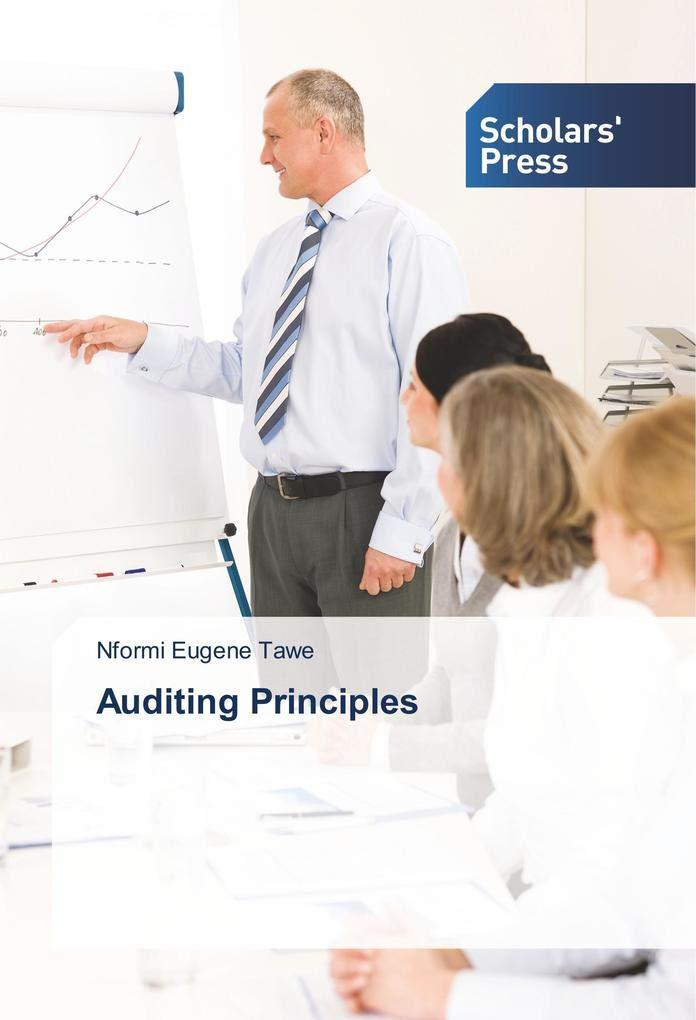7. Stys Company's payroll for the year is $1,410,830. Of this amount, $310,710 is for wages paid in excess of $7,000 to each individual employee. The SUTA tax rate for the company is 3.2% on the first $7,000 of each employee's earnings. (a) The amount of FUTA tax for the year is (b) The amount of SUTA tax for the year is 8. Michael Mirer worked for Dawson Company for six months this year and earned $13,200. The other six months, he earned $5,900 working for McBride Company (a separate company). The amount of FUTA taxes to be paid on Mirer's wages by the two companies is: (a) Dawson Company (b) McBride Company 9. John Gercke is an employee of The Woolson Company. During the first part of the year, he earned $4,800 while working in State A. For the remainder of the year, the company transferred him to State B where he earned $18,500. The Woolson Company's tax rate in State A is 4.2%, and in State B, it is 3.15% on the first $7,000. Assuming that reciprocal arrangements exist between the two states, determine the SUTA tax that the company paid to: (a) State A 7. Stys Company's payroll for the year is $1,410,830. Of this amount, $310,710 is for wages paid in excess of $7,000 to each individual employee. The SUTA tax rate for the company is 3.2% on the first $7,000 of each employee's earnings. (a) The amount of FUTA tax for the year is (b) The amount of SUTA tax for the year is 8. Michael Mirer worked for Dawson Company for six months this year and earned $13,200. The other six months, he earned $5,900 working for McBride Company (a separate company). The amount of FUTA taxes to be paid on Mirer's wages by the two companies is: (a) Dawson Company (b) McBride Company 9. John Gercke is an employee of The Woolson Company. During the first part of the year, he earned $4,800 while working in State A. For the remainder of the year, the company transferred him to State B where he earned $18,500. The Woolson Company's tax rate in State A is 4.2%, and in State B, it is 3.15% on the first $7,000. Assuming that reciprocal arrangements exist between the two states, determine the SUTA tax that the company paid to: (a) State A







